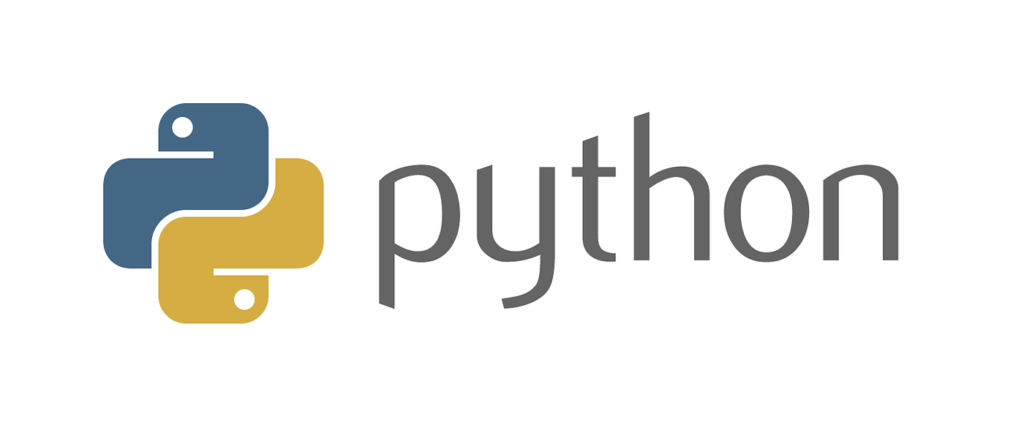In the ever-evolving landscape of programming languages, Python has emerged as a frontrunner that continues to captivate developers around the world. With its elegant syntax, versatility, and an extensive array of libraries and frameworks, Python has solidified its position as one of the most popular languages for developers in 2023. In this article, we delve into the top 10 reasons why Python maintains its stronghold in the developer community.
1. Simplicity and Readability
Python’s simple and intuitive syntax serves as a welcoming gateway for both new and seasoned developers. Its clean and readable code structure reduces the learning curve, making it an ideal language for beginners and facilitating collaboration within development teams.
2. Broad Applicability
From web development and data analysis to artificial intelligence and scientific computing, Python’s versatility shines through. Its wide range of applications allows developers to work on diverse projects without having to switch to different languages, saving time and effort.
3. Thriving Ecosystem of Libraries and Frameworks
Python boasts an extensive ecosystem of libraries and frameworks that expedite development processes. With tools like Django, Flask, NumPy, and TensorFlow, developers can build robust applications, manipulate data, create machine learning models, and more, all while benefiting from the contributions of the open-source community.
4. Strong Community Support
Python’s global community is a driving force behind its popularity. Active forums, online tutorials, and resources like Stack Overflow provide developers with a wealth of knowledge and solutions to troubleshoot problems. This collaborative atmosphere fosters growth and innovation within the Python community.
5. Cross-Platform Compatibility
Python’s compatibility with major operating systems, including Windows, macOS, and various Linux distributions, ensures that developers can create applications that seamlessly run across different platforms, reducing compatibility issues and expanding the user base.
6. Rapid Development and Prototyping
Python’s succinct syntax and extensive libraries empower developers to create prototypes and minimum viable products (MVPs) swiftly. This agile approach is especially beneficial in today’s fast-paced tech environment, enabling companies to bring ideas to fruition more efficiently.
7. Emphasis on Code Readability
Python’s “Zen of Python” philosophy emphasizes code readability and clarity. This principle encourages developers to write code that is not only functional but also easy to understand, reducing the potential for bugs and enhancing maintainability.
8. Strong Support for Data Science
Python has become the de facto language for data science and analysis. Libraries like Pandas, Matplotlib, and Seaborn simplify data manipulation, visualization, and statistical analysis, enabling data scientists to extract valuable insights from complex datasets.
9. Robust Adoption in Artificial Intelligence and Machine Learning
Python’s popularity in AI and machine learning continues to soar due to libraries like TensorFlow, PyTorch, and scikit-learn. These tools empower developers to create sophisticated AI models and solutions, contributing to advancements in automation and cognitive technologies.
10. Career Opportunities and Market Demand
The immense demand for Python developers in industries ranging from technology to finance underscores the language’s importance. Mastering Python opens doors to diverse job opportunities and ensures that developers remain relevant and in-demand in the ever-evolving job market.
Conclusion
Python’s unrivaled popularity among developers in 2023 can be attributed to a potent combination of simplicity, versatility, and a dynamic ecosystem. As it remains at the forefront of technological innovation, Python’s influence will likely continue to shape the development landscape, attracting both novice programmers and experienced professionals who seek a robust and adaptable language for their projects.

